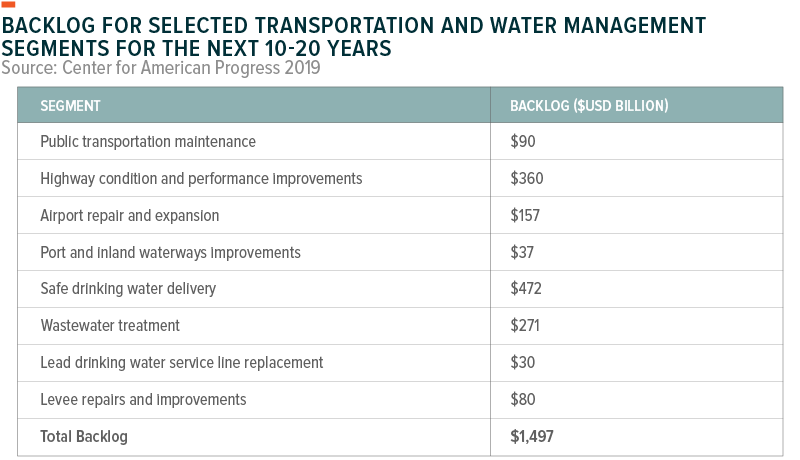From two weeks ago:
https://www.cbo.gov/publication/56020In CBO’s projections of the outlook under current law, deficits remain large by historical standards, federal debt grows to 98 percent of GDP by 2030, and the economy expands at an average annual rate of 1.7 percent from 2021 to 2030.
CBO also now projects that if current laws generally remained in place, the cumulative deficit for the 2020–2029 period would be about $12.4 trillion—$0.2 trillion (or 1.3 percent) more than the $12.2 trillion in the agency’s August 2019 baseline projections. CBO’s current projections of total outlays over that period changed very little since August, and total revenues are about 0.3 percent smaller.
But what isn't being discussed, yet, is that one of the impacts of Trump's proposals is that there will be less money flowing through the system. So, our options are either the status quo of current laws, which see an ever ballooning debt or something even worse if we heed the president's budget, despite his claims to the contrary.
Existing laws won't fix the problems that Trump will have left us with, either those newly his or those he inherited, promised to deal with, and failed to come close to addressing.
Infrastructure is the immediate big ticket item that is essentially untouched. In 2015, the EPA estimated that we'd need $472 billion to fix our drinking water systems over the next 20 years. Astonishingly enough, it did not include a survey of lead pipes in use, which is mandated for inclusion in the new survey, which will be completed later this year. In other words, that dollar figure is low, but we have no idea just how low it is. OTOH, we do know that Reuters found 3810 US areas with lead poisoning double Flint's in 2017. Somehow, I don't think it's gotten better!
In 2017, the American Society of Civil Engineers estimated that we needed to spend more than $2
trillion dollars
beyond the expected budget items over the next decade on infrastructure. We currently spend roughly $200 billion at the federal level. The estimate of total cost over the decade projected was $4.6 trillion.

Why do we have this backlog? Here's part of it:

And... the president and the CBO both have presented us with projections that fail to consider increasing numbers of natural disasters - hurricanes, floods, etc.
https://riskcenter.wharton.upenn.edu/lab-notes/federal-disaster-rebuilding-spending-look-numbers/The infrastructure report from 2017 failed, IMO, to adequately consider the
increasing risk to our decaying bridges and dams from the destructiveness of the increased climate issues - we saw an example of this from having an area of Iowa that was under water for
6 months of 2019, from a combination of unexpectedly high flooding and failures of levees.
This was the FY2020 federal infrastructure budget plan from the White House:
https://www.whitehouse.gov/wp-content/uploads/2019/03/FY20-Fact-Sheet_Infrastructure_FINAL.pdfThey proposed putting in a trillion dollars over the next decade... but it isn't an additional trillion, even though they make it sound that way.
